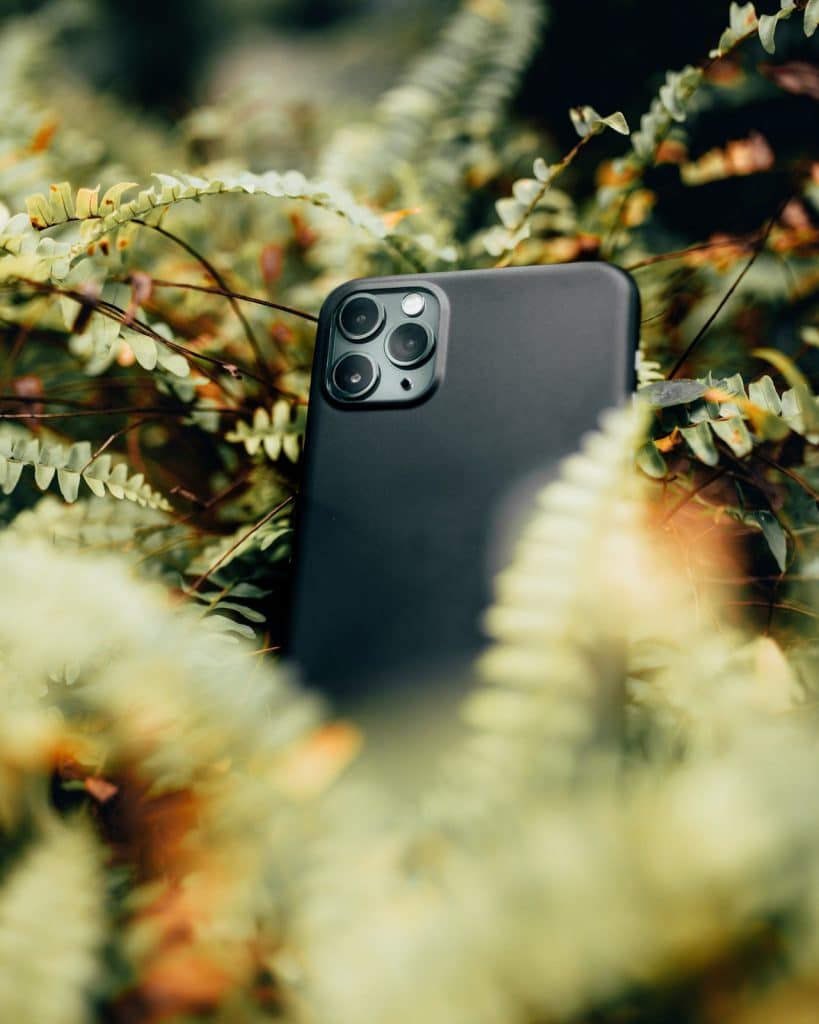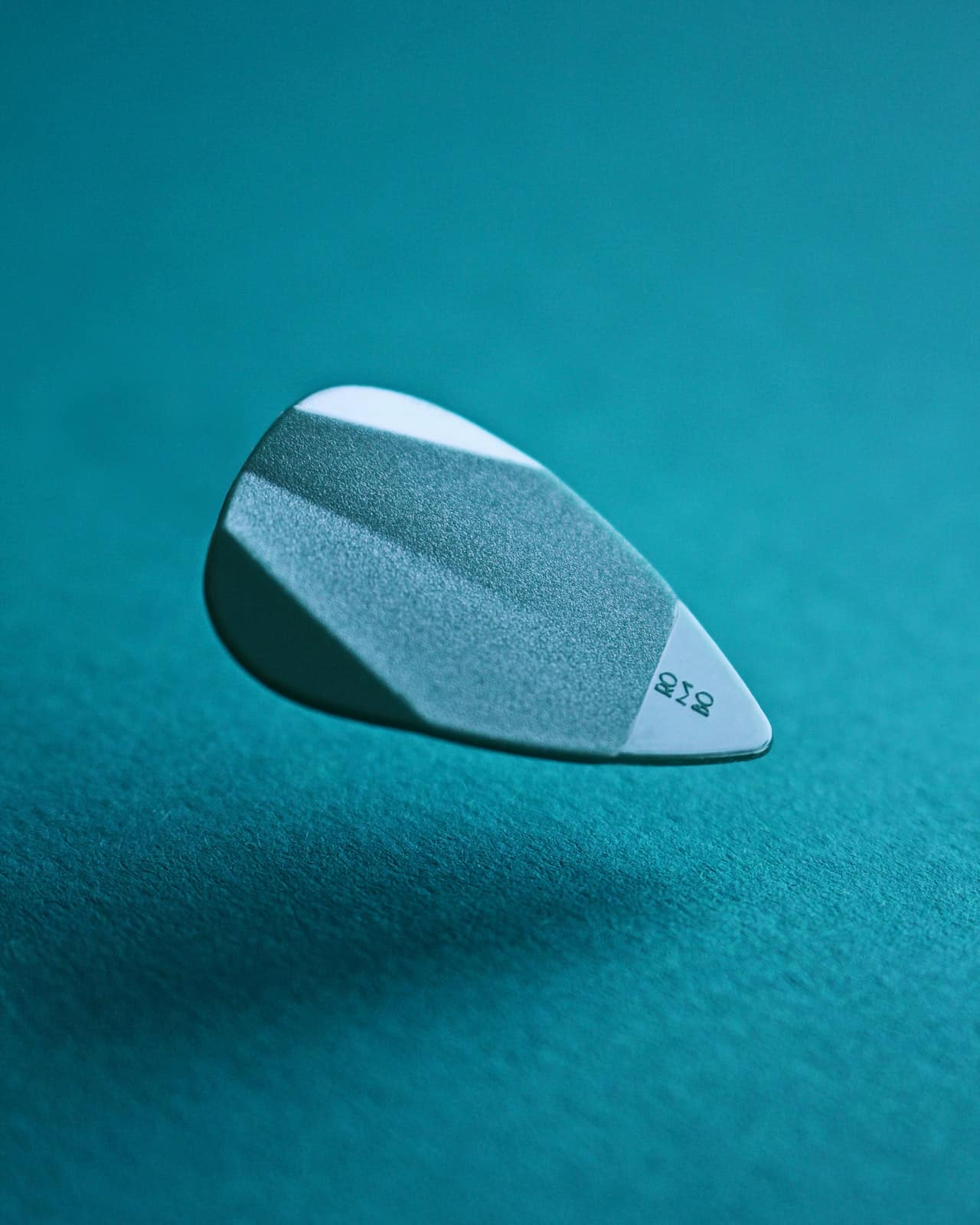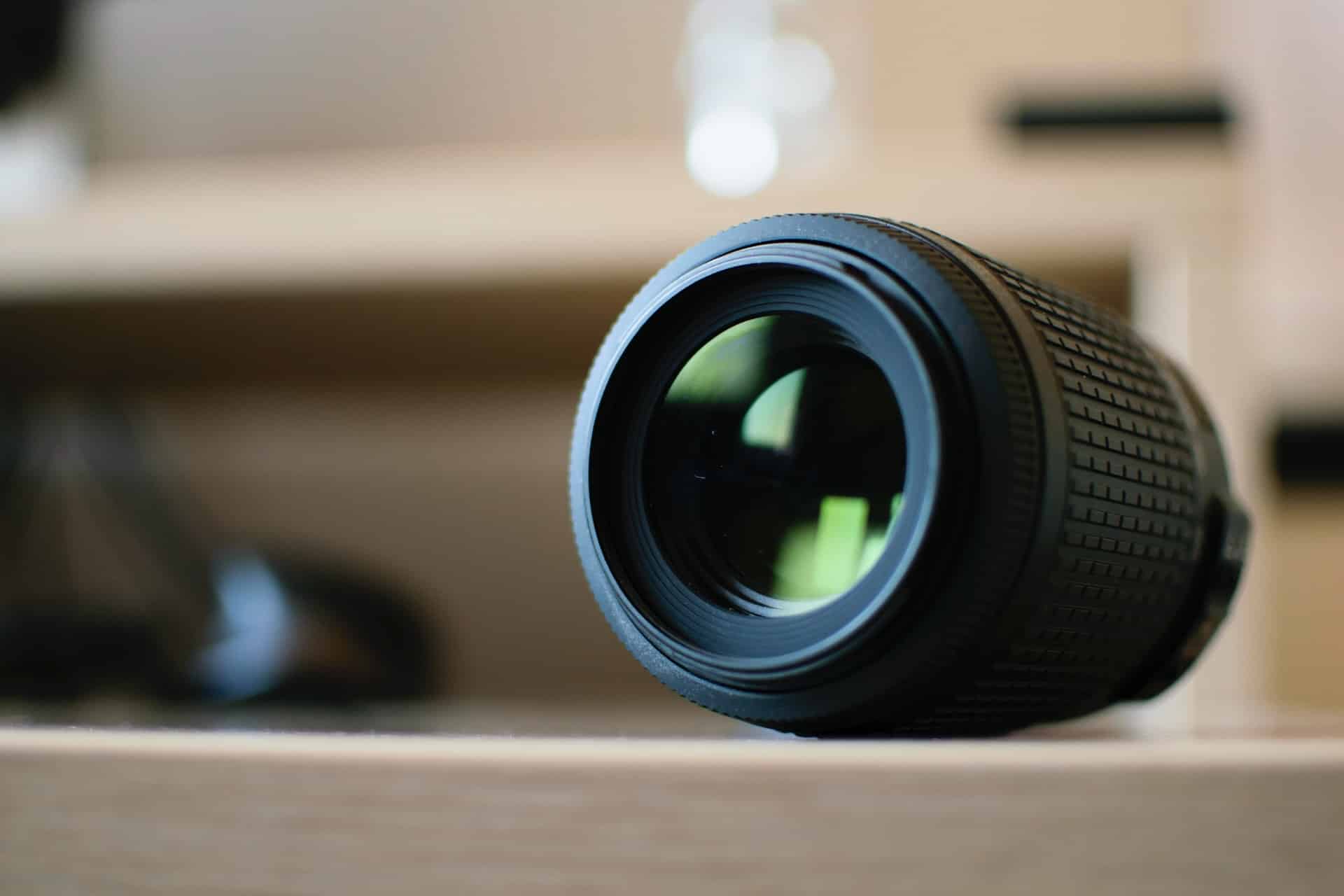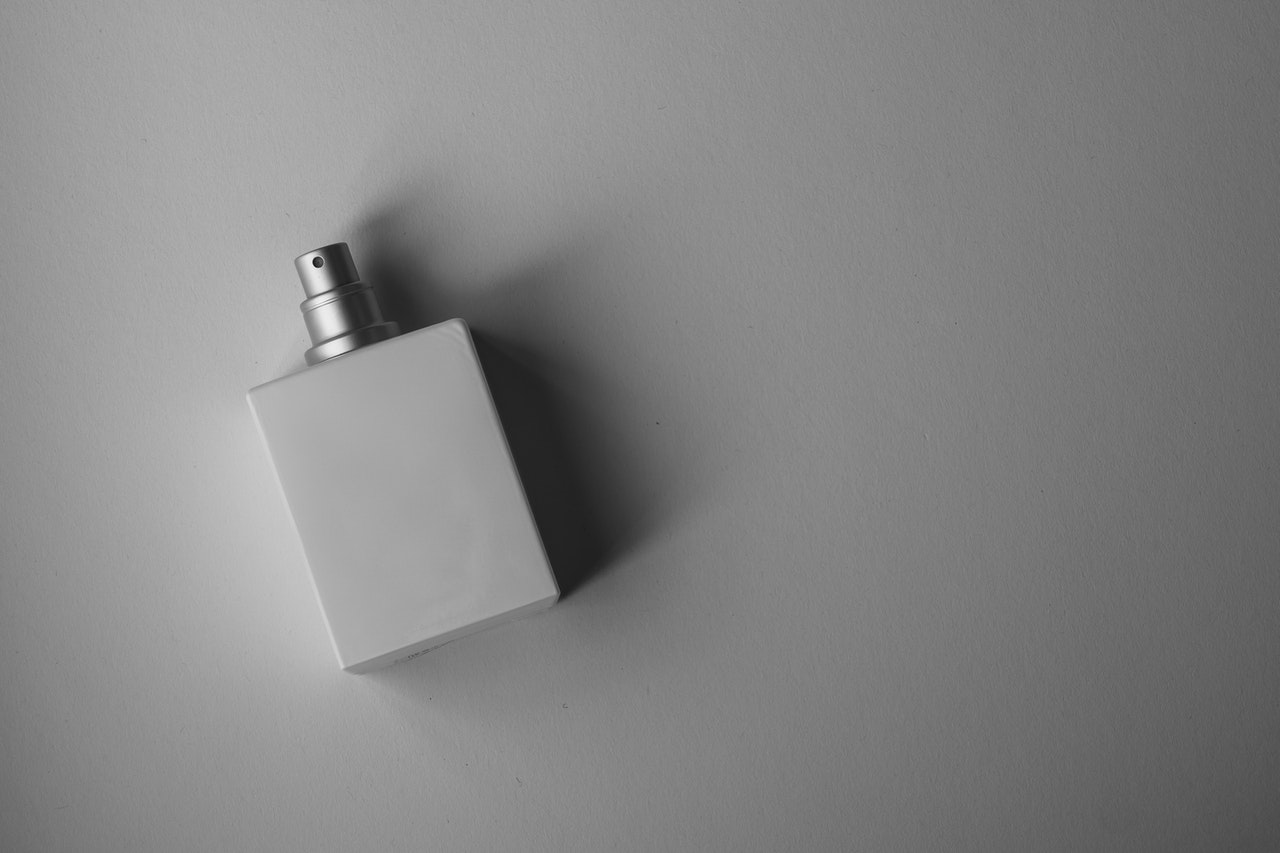Did you know that product photography is one of the most lucrative fields of photography you can get involved with? It’s one of the reasons why we love helping photographers get set up in this field. Having said that, if you want to become a successful product photographer, you will likely need some high-end equipment in order to ensure you’re capturing high-quality photos that highlight the product.
Because of this, before you dive too deep into getting your product photography business set up, you’ll want to think carefully about whether or not this style of photography is what you want to specialize in.
If you’ve thought about it and you feel confident that this is a style of photography that you could see yourself pursuing, follow these steps to become a product photographer.
If you want to become a product photographer, you need to have a diverse set of photography skills.
As mentioned above, there are various types of product photography, and as a professional, you will be required to master all the different types.
This means shooting both big products and small ones, stylized images and white backdrop images, close-up images and big-picture images, and, with lifestyle product photos, you’ll even be likely working with models.
Needless to say, you need to be skilled as a photographer if this is a field you want to go into.
In particular, you’ll want to start paying attention to lighting. Lighting tends to be one of the key differentiating factors between professional product photography and amateur shots. There are very specific techniques and multi-light setups involved to achieve the desired final look. Not to mention, you can’t have shadows or dark images when you’re trying to sell a product through an image.
Brush up on your photography skills before you start pursuing product photography to ensure that your skills are up to par.
As much as we recommend honing your skills in step one, it’s likely that, as an artist, you will likely never feel like your skills are perfect. The point of practicing is to get familiar with this style of photography and ensure it’s something that you can see yourself pursuing.
Once you have a firm grip on your photography skills, it’s time to start setting up your portfolio.
Don’t be concerned about setting up your portfolio before you have professional experience. We always recommend building your portfolio ASAP regardless of what type of photographer you are. The sooner you have your portfolio, the sooner you can start booking professional clients.
Your portfolio doesn’t have to be all professional photos, but they do need to be professional quality. If you don’t have clients yet, shoot mock product photos to show off your skills.
Consider working with clients at a discounted rate or even for free if you want to bulk up your portfolio.
Only include your best work. You don’t need to include every photography project you’ve ever worked on in your portfolio. This is especially true if you have projects that are irrelevant to the type of work you want to do.
Check out our guide for more tips on building a portfolio as a product photographer. Step
When you’re just starting to build your portfolio and working with clients in the initial stages of your career, purchasing every piece of equipment might not be necessary. However, as your experience grows, you’ll find that you need specific gear to achieve the shot you want. You may also find that having the right equipment will help you upgrade the quality of your clientele.
In some instances, you may want to get your equipment sooner rather than later. When you purchase your equipment really just depends on the growth of your business. If you have clients who expect a certain style of photography that requires higher-end equipment, it is likely time to start considering some upgrades.
Shooting table
Lightbox
Studio lights – a mix of strobes and continuous lights
Tripod
A DSLR camera (recommended for any professional photography pursuit)
Photo editing software for retouching
Keep in mind that all of these things aren’t necessary for the beginning stages of your career, and some of them can be made into a DIY project if you’re on a budget. However, as you become more experienced, you will likely be expected to have professional equipment. In fact, if you advance far into product photography, you will likely want to have your own studio specifically for shooting product photography.
By now it should be obvious that there’s no one linear path when becoming a product photographer. Some photographers might find they are able to book clients before they purchase equipment, and others might find the equipment gives them the edge to start booking higher-paying clients. In addition, some of you might be able to find clients to work with during the initial stages of your career, and others might take a more DIY approach when adding projects to their portfolio.
Regardless, every product photographer needs clients, and in most cases, will need to go out and find those clients with marketing tactics, word of mouth, and strong positive reviews.
This is why having a website and a portfolio set up from the beginning is so important. It provides potential clients with a way to see your work and easily connect with you.
For more tips on becoming a product photographer and booking those dream clients, this guide all about product photographyDid you know that product photography is one of the most lucrative fields of photography you can get involved with? It’s one of the reasons why we love helping photographers get set up in this field. Having said that, if you want to become a successful product photographer, you will likely need some high-end equipment in order to ensure you’re capturing high-quality photos that highlight the product. will help.
Because of this, before you dive too deep into getting your product photography business set up, you’ll want to think carefully about whether or not this style of photography is what you want to specialize in.
If you’ve thought about it and you feel confident that this is a style of photography that you could see yourself pursuing, follow these steps to become a product photographer.
If you want to become a product photographer, you need to have a diverse set of photography skills.
As mentioned above, there are various types of product photography, and as a professional, you will be required to master all the different types.
This means shooting both big products and small ones, stylized images and white backdrop images, close-up images and big-picture images, and, with lifestyle product photos, you’ll even be likely working with models.
Needless to say, you need to be skilled as a photographer if this is a field you want to go into.
In particular, you’ll want to start paying attention to lighting. Lighting tends to be one of the key differentiating factors between professional product photography and amateur shots. There are very specific techniques and multi-light setups involved to achieve the desired final look. Not to mention, you can’t have shadows or dark images when you’re trying to sell a product through an image.
Brush up on your photography skills before you start pursuing product photography to ensure that your skills are up to par.
As much as we recommend honing your skills in step one, it’s likely that, as an artist, you will likely never feel like your skills are perfect. The point of practicing is to get familiar with this style of photography and ensure it’s something that you can see yourself pursuing.
Once you have a firm grip on your photography skills, it’s time to start setting up your portfolio.
Don’t be concerned about setting up your portfolio before you have professional experience. We always recommend building your portfolio ASAP regardless of what type of photographer you are. The sooner you have your portfolio, the sooner you can start booking professional clients.
Your portfolio doesn’t have to be all professional photos, but they do need to be professional quality. If you don’t have clients yet, shoot mock product photos to show off your skills.
Consider working with clients at a discounted rate or even for free if you want to bulk up your portfolio.
Only include your best work. You don’t need to include every photography project you’ve ever worked on in your portfolio. This is especially true if you have projects that are irrelevant to the type of work you want to do.
Check out our guide for more tips on building a portfolio as a product photographer.
When you’re just starting to build your portfolio and working with clients in the initial stages of your career, purchasing every piece of equipment might not be necessary. However, as your experience grows, you’ll find that you need specific gear to achieve the shot you want. You may also find that having the right equipment will help you upgrade the quality of your clientele.
In some instances, you may want to get your equipment sooner rather than later. When you purchase your equipment really just depends on the growth of your business. If you have clients who expect a certain style of photography that requires higher-end equipment, it is likely time to start considering some upgrades.
Shooting table
Lightbox
Studio lights – a mix of strobes and continuous lights
Tripod
A DSLR camera (recommended for any professional photography pursuit)
Photo editing software for retouching
Keep in mind that all of these things aren’t necessary for the beginning stages of your career, and some of them can be made into a DIY project if you’re on a budget. However, as you become more experienced, you will likely be expected to have professional equipment. In fact, if you advance far into product photography, you will likely want to have your own studio specifically for shooting product photography.
By now it should be obvious that there’s no one linear path when becoming a product photographer. Some photographers might find they are able to book clients before they purchase equipment, and others might find the equipment gives them the edge to start booking higher-paying clients. In addition, some of you might be able to find clients to work with during the initial stages of your career, and others might take a more DIY approach when adding projects to their portfolio.
Regardless, every product photographer needs clients, and in most cases, will need to go out and find those clients with marketing tactics, word of mouth, and strong positive reviews.
This is why having a website and a portfolio set up from the beginning is so important. It provides potential clients with a way to see your work and easily connect with you.
For more tips on becoming a product photographer and booking those dream clients, this guide all about product photography will help.




